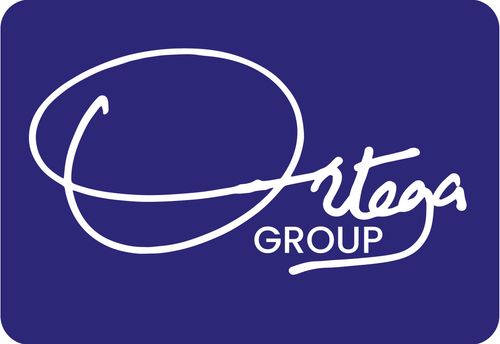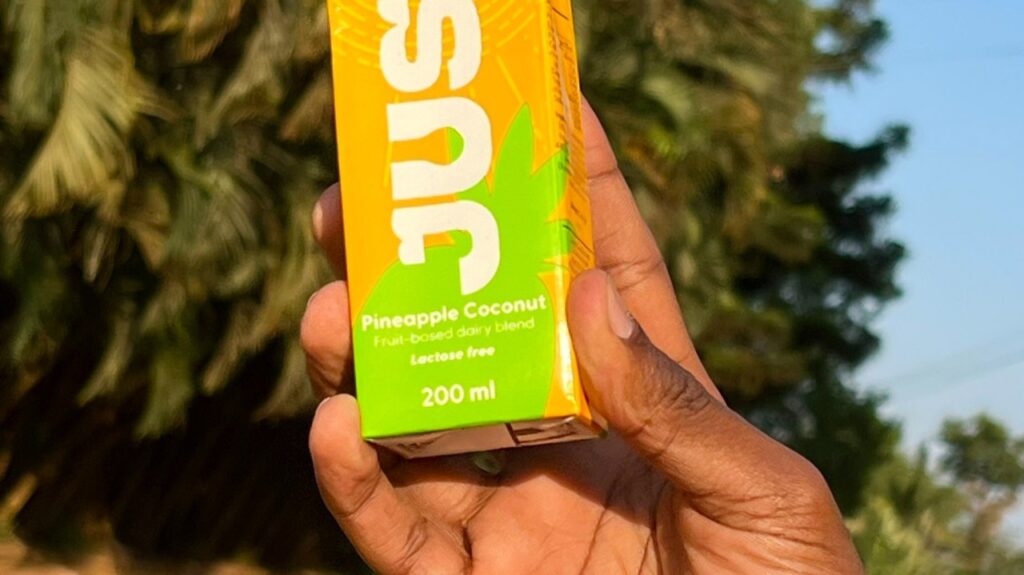By Moses Kaketo
Two years ago, JESA Farm Dairy (JFD), the manufacturers and providers of value-added dairy products [Bonga, Yoghurt, milk, Cream & butter] in Uganda, and the East African region launched a new juice brand on the market—JESA Jus.
JESA Farm Dairy is part of the Mulwana Group.
The JFD described JESA Jus as ‘’a refreshing blend of juice and lactose-free dairy and fruit juice. The only product of its kind that is produced locally.’’
The Juice comes in three happy flavors: Pineapple Coconut, Cocktail Magic, and Mighty Mango. The juice was purposely made lactose-free’ so that it can be enjoyed by everyone, including those who are lactose intolerant. The dairy in JESA Jus reduces the acidity and gives it a much smoother taste than regular juice.
The JFD was opportunistic about their juice : ‘’We like to think of JESA Jus as starting where JESA flavored milk ends.’’
Launched in February 2024, the product is said to be struggling to catch the attention of Ugandan consumers.
The product that was supposed to start where JESA flavored milk ends is nowhere close. JESA Jus is said to be struggling and lost on many supermarket shelves and retail shops.
Marketing gurus agree that JESA Jus branding and packaging is excellent. The product also tastes so good. So, why is the juice failing to start where JESA milk ends? Why is it struggling on the market? Read on!
Controversial advert
Call it stunt or guerrilla marketing campaign, JESA chose to launch their juice with what later turned out to be a controversial advert.
The advert: A police officer, during a normal traffic routine, stops a driver for inspection but is instantly compromised with a pack of JESA Jus from an anxious driver and children. After which he left them to proceed without inspection.
The advert rubbed police the wrong way. Barely a month on air, under pressure from police, the advert was withdrawn. No new advert replaced the controversial one. The company also ran a few adverts on the radio and on her socials. However, her socials have poor visibility.
One wonders, how the market was supposed to know about their Juice?
Four years later, Haris International is still advertising their Juice-Oner Juice. The juice has since eaten into the market share of Coca-Cola’s Minute Maid.
JESA Jus was also not given enough publicity and marketing support. – New products need a lot of, in form of activations, promotions, etc. Talk about pull and push marketing—that way the consumers will go hunting for the product in supermarkets and retail shops.
Additionally, JESA Jus received insufficient marketing assistance and visibility. A lot of activations, promotions, and among others are required for new products on the market. Talk about pull and push marketing—that way the consumers will go hunting for the product in supermarkets and retail shops.
From the branding, the packaging, and the controversial advert, it is evident JESA Jus was targeting mainly children and the youth. However, there were limited effort to reach out to children using the right channels.
Distribution
According to distribution experts, the company’s distribution system needs to be professionalized, or, to put it better, it should be run as professionally as the company is run.
For example, some distributors who are doing well and hitting their targets lose their territories without explanation. While others claim mistreatment.
In some areas, JESA milk and products run out of stock, yet the company produces enough. This points to a weakness within the distribution. The big question: if the cash cow, JESA Milk, is facing distribution challenges, what happens to the baby- JESA Jus?
In a competitive market like Uganda, new products require a lot of innovations, quality time, and resources. They need to be given optimal visibility—first class display in prime spots in supermarkets, retail shops, and other displays. Is JESA Jus enjoying this?
Additionally, analysts believe that by entering the juice industry, JESA Farm Dairy made a blunder, because the sector faces unique difficulties.
Juice’s primary ingredient is imported from India. Other companies, such as Harris International, are already having trouble obtaining raw materials from Egypt and India.
Unconfirmed sources have it that even then, much of the juice on the market [if not all], the fruit content is usually 30%, the rest 70% is color.
Analysts say JESA could have easily joined the bottled drinking water industry. With the respected brand name-JESA and clear distribution system in place, JESA Water would shake up the bottled water market. More so, bottled water is cheaper to produce.
Nevertheless, there is still time for JFD to close the gaps and significantly relaunch JESA Jus.
JESA can learn a few lessons from LATO milk. The company managed to convince the people of Mbarara—the land of milk—to start buying LATO powdered milk. Big lessons for JESA and JESA Jus: a small twist and the product will be a darling among Ugandans.
For now, the JESA Dairy Farm seem, to concentrate of promoting and marketing JESA BONGA, Uganda’s first ambient drinking yoghurt.
Launched in July 2024, the product remains shelf-stable at room temperature for up to six months without refrigeration or preservatives. It is available in recyclable, spill-proof bottles and comes in three flavors: Mango, Strawberry, and Coconut. Each bottle is designed to be portable and easy to consume on the go. JESA BONGA is intended to cater to busy lifestyles. It offers a yogurt option that does not require refrigeration
The writer is a content creator, marketing, and distribution expert. He loves writing business news, reviews, and analyses. He can be reached via WhatsApp at +256782507579.

